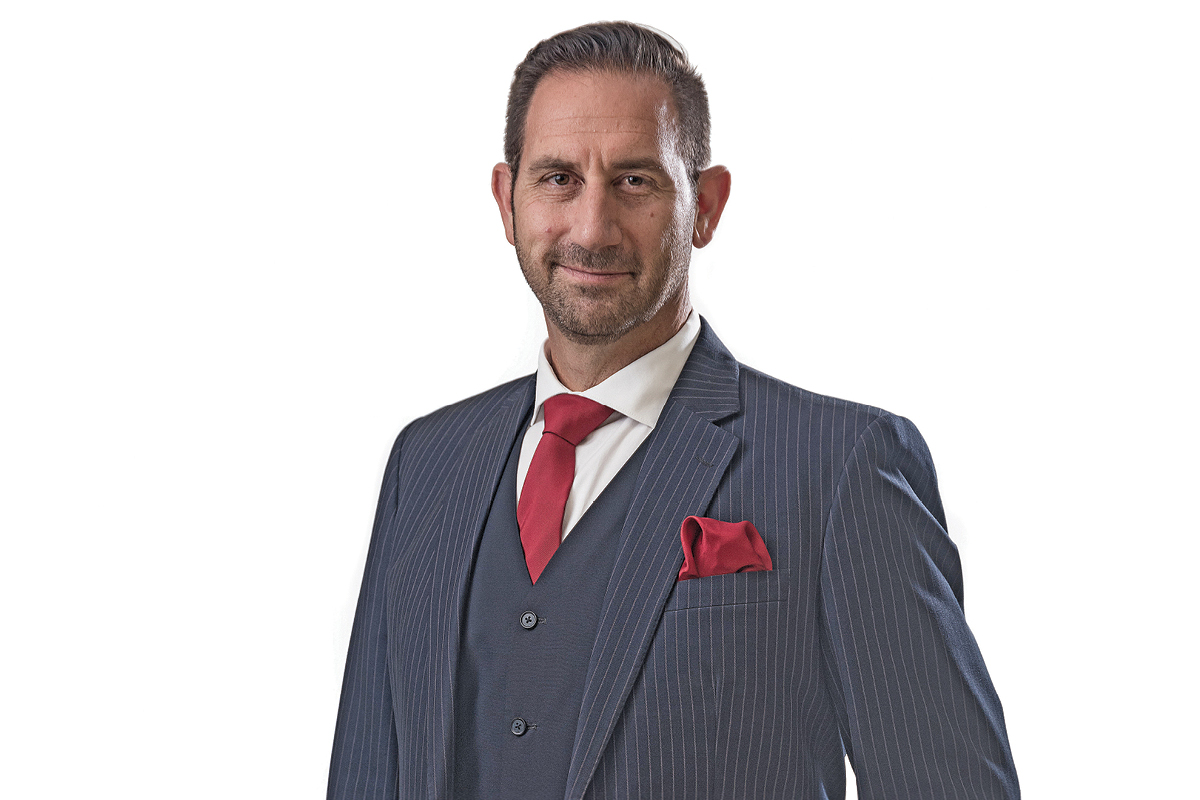When Greg Solomon joined McDonald’s in Johannesburg 20 years ago, a young civil engineer employed to build new restaurants, he didn’t spare a thought to becoming CEO. As a project manager in the construction department he had nothing to do with burgers and fries. Except perhaps to eat them.
“I was seeking other opportunities, none of which included being CEO,” he recalls. “Many would say ‘you’re in the hamburger or real estate business’ but as I’ve grown in the business, and seen other executives grow, I’ve realised we’re actually a people business.
“Generating and creating your own talent has to be the base of modern business, otherwise you’re going to start behind the eight ball. I was lucky enough to join a company that does exactly that and worked my way up the system, moving to operations before becoming CEO in 2009.”

Facing challenges
While McDonald’s may enjoy an excellent reputation worldwide for its internal training, Greg is not oblivious to the challenges it faces. Home delivery, Drive-Thrus and self-service options have changed the fast food market dramatically and quickly. Bold decisions need to be made, and there is perhaps none bolder than the one to strip McDonald’s of its fast food reputation.
“When the world changes faster than your business, you become irrelevant very quickly,” Greg observes. “Our challenges are more internal, rather than external, and I think one of the opportunities we missed was not moving more quickly. It’s catch-up time for us now.
“When the world changes faster than your business, you become irrelevant very quickly.”
“Five years ago it was about how quickly you could get through McDonald’s because you were in a rush. Now, we’re finding that because customers’ own lives are so fast, they actually want to take that hour to eat and relax. McDonald’s is a place of chill now, not a place of rush.
“It’s a very exciting observation for us to make. The fast food label has been our industry and our brand for a long time but, for me, being modern and progressive means moving from fast food to good food served fast.”
“Being modern and progressive means moving from fast food to good food served fast.”
A crucial distinction
Serving good food is a crucial distinction for McDonald’s which has slowly introduced healthier food options that are lower in fat, salt and sugar. Greg however, took the drive further, launching the Know Our Food project, an interactive digital platform addressing not only the questions consumers have about McDonald’s, but the rumours that have surrounded the company for years.
There are the predictable questions asking whether the burgers are made from 100% beef, while more peculiar ones include whether cow eyes are included in the beef (no they’re not), or if chicken heads are sometimes found among the nuggets (also no).
“I can stand up in a media campaign and say ‘come to McDonald’s, it’s healthy food’, but communicating like that to customers is irrelevant and old fashioned. They need to make up their own minds. The Know Our Food (knowourfood.co.za) campaign tells real stories of real people – our farmers, our restaurant managers, our supply chain.
It allows the customer to seek clarification from the source about what’s in our food and how it is prepared, rather than from me, the CEO.” McDonald’s South Africa operates 260 restaurants in all nine provinces, employing around 12,000 people and serving eight million customers every month. Greg’s vision for the future is to fulfil the expectations of each of those customers. He plans a balanced investment into the future, 50% focused on new growth and the other half poured back into the business to ‘take care of the goose that lays the golden egg’.
The digital revolution
“The digital revolution sits at the heart of how we’re starting to talk to our consumers and to our employees,” Greg says. “It’s no longer one message to a million people, it’s now a million customised messages to a million people. We have to cater to all walks of life, from the couple wanting quiet time, to the wi-fi hubs for business people, to families wanting party times. Customisation and personalisation is big, and it’s big in our plans.
“Our future also lies in consistency, to ensure our brand looks the same, no matter where it is. In some big cities, it’s an expectation, while for some smaller towns it’s an aspiration. Over the next two years, we’re modernising the look and feel of almost three-quarters of our restaurants. It’s a very aggressive change and that’s our big challenge: to move quicker, to move bolder, but to remain focused.”


